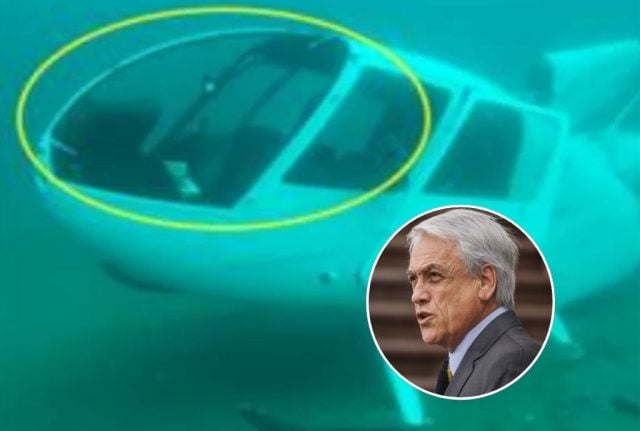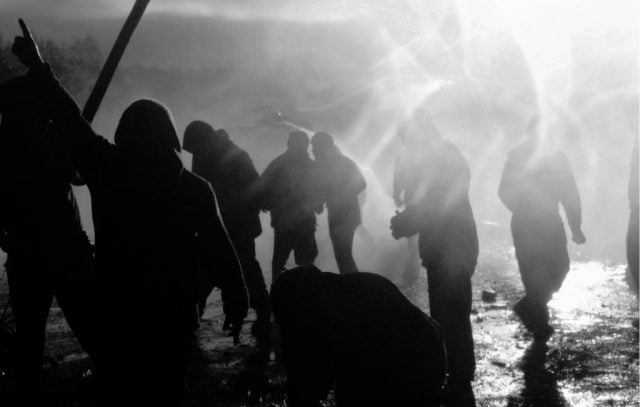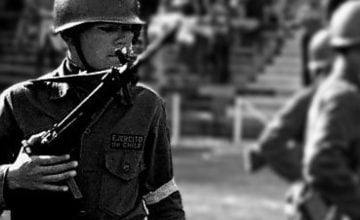The Accident Prevention Department of Chile’s Directorate General of Civil Aviation (DGAC) disclosed that the crash in which former president Sebastián Piñera died on February 6, 2024, at Lake Ranco was caused by a «loss of visual references» after the helicopter he was piloting experienced windshield fogging.
The agency’s final report, released Friday, concludes the accident stemmed from an «inadvertent loss of visual references» caused by internal windshield fogging—known as «flash fogging»—which prevented the pilot from maintaining outside visual cues.
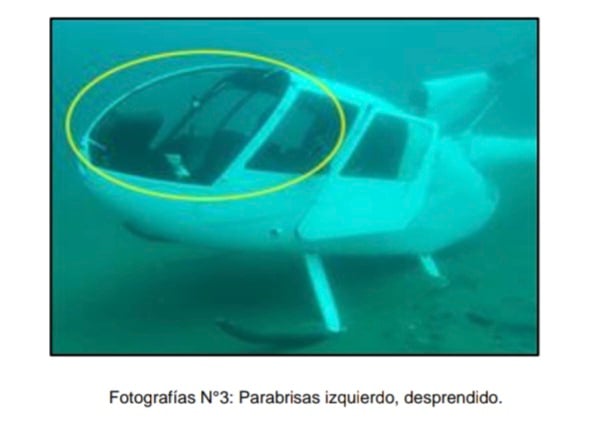
«During the helicopter’s initial climb, the external view from the cockpit deteriorated, leading to an unrecognized descent without loss of control and, consequently, impact with the surface of Lake Ranco, after which the aircraft began to sink,» the 86-page document dated June 17, 2025, states.
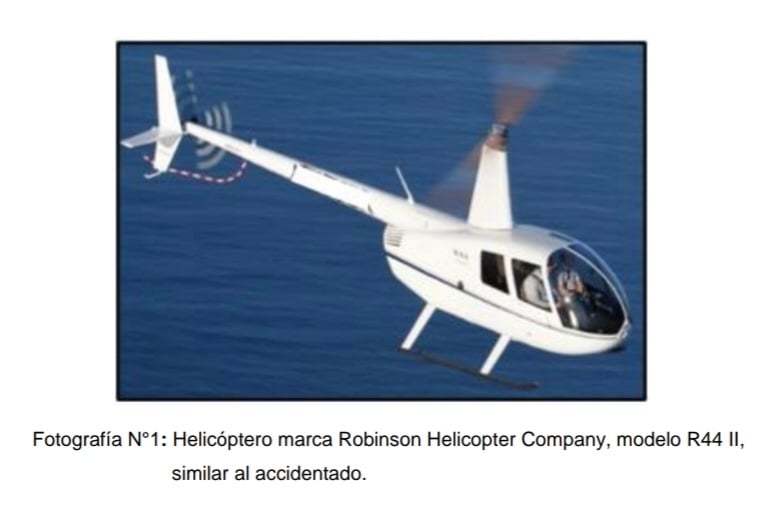
According to the DGAC, the loss of visual cues led the former president—who was flying a Robinson R44 II, registration CC-PHP—to descend unknowingly and strike the lake 172 meters from the takeoff point, where the helicopter then sank.
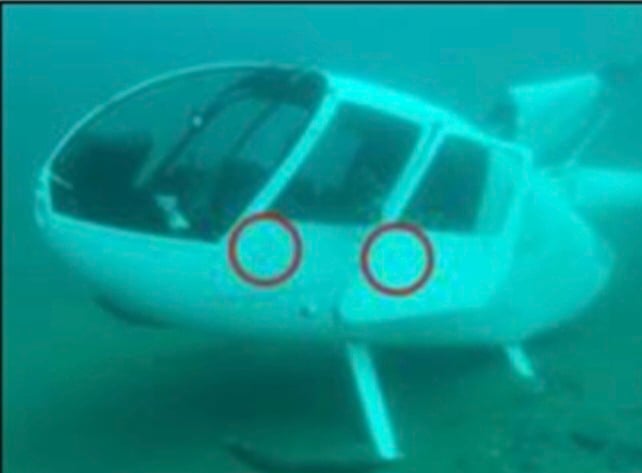
DGAC ruled out technical failures
Final Report No. 2047-24, prepared by the DGAC’s Accident Prevention Department, found no technical, structural, or weather-related failures.
The analysis determined the helicopter was in optimal airworthy condition, with maintenance up to date and certification valid through September 2025.
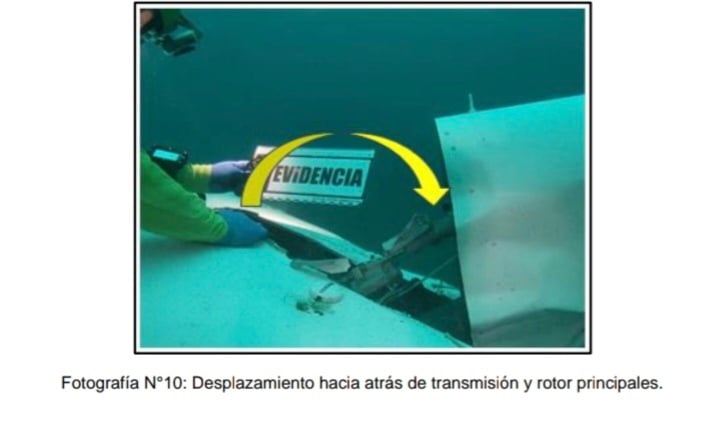
«The aircraft was in an airworthy condition; the last mandatory maintenance (Annual Inspection) was carried out on August 14, 2023, at 577.9 hours of service,» the report notes.
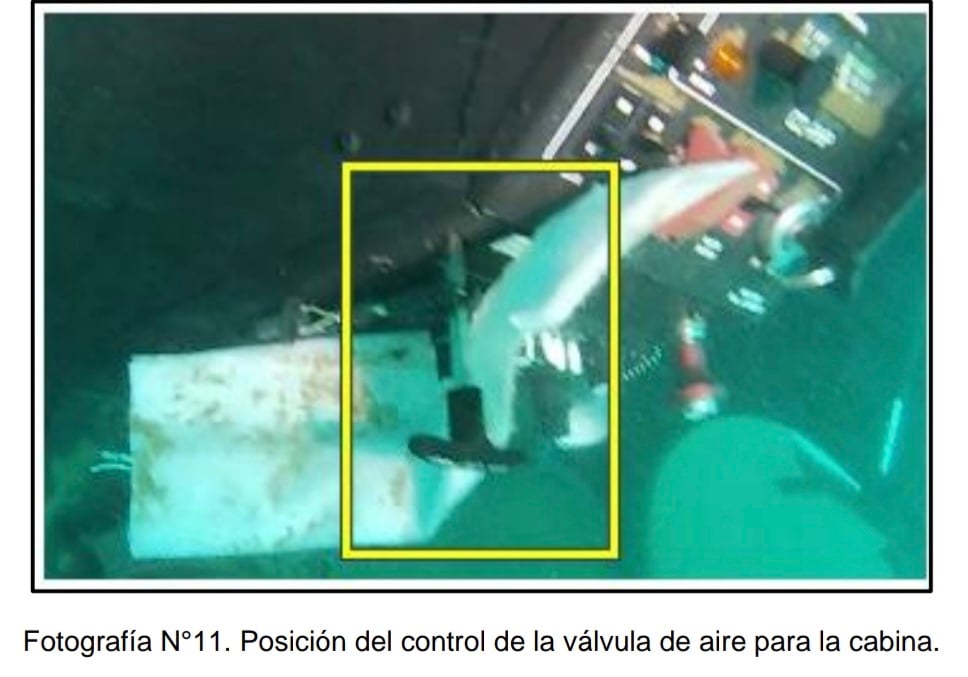
Investigators also confirmed the Lycoming engine and control systems operated correctly and that the fuel showed no contamination.
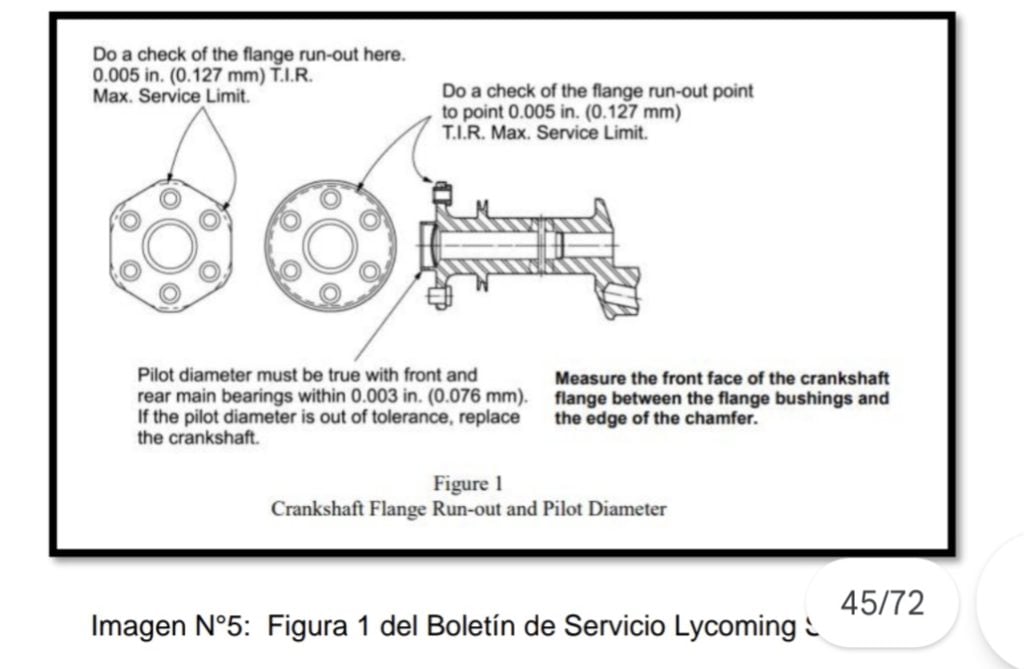
«The Lycoming IO-540-AE1A5 engine was inspected and subjected to functional testing, with no power loss or internal damage attributable to the accident observed (…) The samples analyzed corresponded to 100LL aviation gasoline, with no presence of solid particles or water,» the document states.
Did weather influence the crash?
The report also ruled out weather as a factor, noting overcast skies, temperatures between 12°C and 20°C, and relative humidity ranging from 70% to 100%—conditions deemed «optimal for visual flight.»
«Meteorological conditions at the time and place of the event were optimal for visual flight,» the agency stated.
However, it found the chain of events began when the windshield fogged on the inside due to a thermal contrast between humid outside air and the closed cabin, causing the pilot to lose external visual references, descend unnoticed, and collide with the lake surface.
Valid license and medical checks up to date
Regarding the pilot—Sebastián Piñera—the DGAC found he held a valid private helicopter license, had a current medical certificate, and had logged 569 hours and 18 minutes of flight time, all on the same type of aircraft.
It also noted toxicology tests detected no alcohol or drugs in the former president’s system.
The report reiterated that «the aircraft was airworthy, the pilot held valid licenses and ratings, and weather conditions were optimal for visual flight.»
The DGAC classified the accident as «controlled flight into terrain (CFIT),» in which an aircraft under pilot control strikes the ground or water without a technical failure.
«The pilot in command did not detect the helicopter’s descent, which led to impact with the surface of Lake Ranco,» the investigation concluded.
Among its recommendations, the report urges stronger training for private pilots on using cabin ventilation and heating systems, and greater emphasis on decision-making in marginal visibility.
On February 6, 2024, Piñera was flying with his sister, Magdalena Piñera, his friend Ignacio Guerrero, and Guerrero’s son, Bautista. The flight departed from a friend’s home in the Ilihue area and was bound for the former president’s residence in Coique.
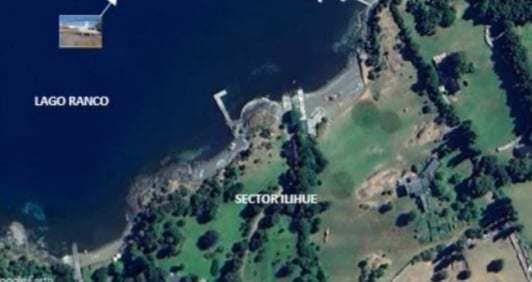
At 14:57, the helicopter struck Lake Ranco and sank within seconds. All occupants except the former president escaped by swimming and were rescued by private boats.
Piñera, however, was unable to exit the aircraft and died of drowning.
Below, you can access the full report prepared by the DGAC Accident Prevention Department:
